Pop culture has Comic-Con, tech enthusiasts have GITEX, and GITEX Global 2025 is the biggest one to date. The exhibition features 40 unicorns, 6,800 exhibitors from 180 countries and 1,200 investors with more than $1 trillion worth of capital ready to invest in the latest technologies.
The event is organized by Dubai World Trade Center (DWTC) and runs in parallel with Expand North Star, organized by the Dubai Digital Economy Chamber, where startups and scale-ups showcase what could be the next big thing.
It's a fascinating look at where we are in technology and where the future is heading. The entire technological ecosystem is collected here. From major technology companies demonstrating how their products help businesses move faster and more efficiently, to manufacturers of optical and copper wires used in robotics and data centers.
Of course, there are a lot of flying cars and dancing robots, and also a lot of pantomime.
Twenty-six technology rooms
Excluding Expand North Star, GITEX Global has 26 halls in seven zones. The largest area is the Global Pavilion and the AI/Cloud area, covering halls one through ten. Here you can see similar AWS, Google cloud, and Microsoft and some of the biggest new technologies, such as next-generation smart contact lenses from XPANCEO.
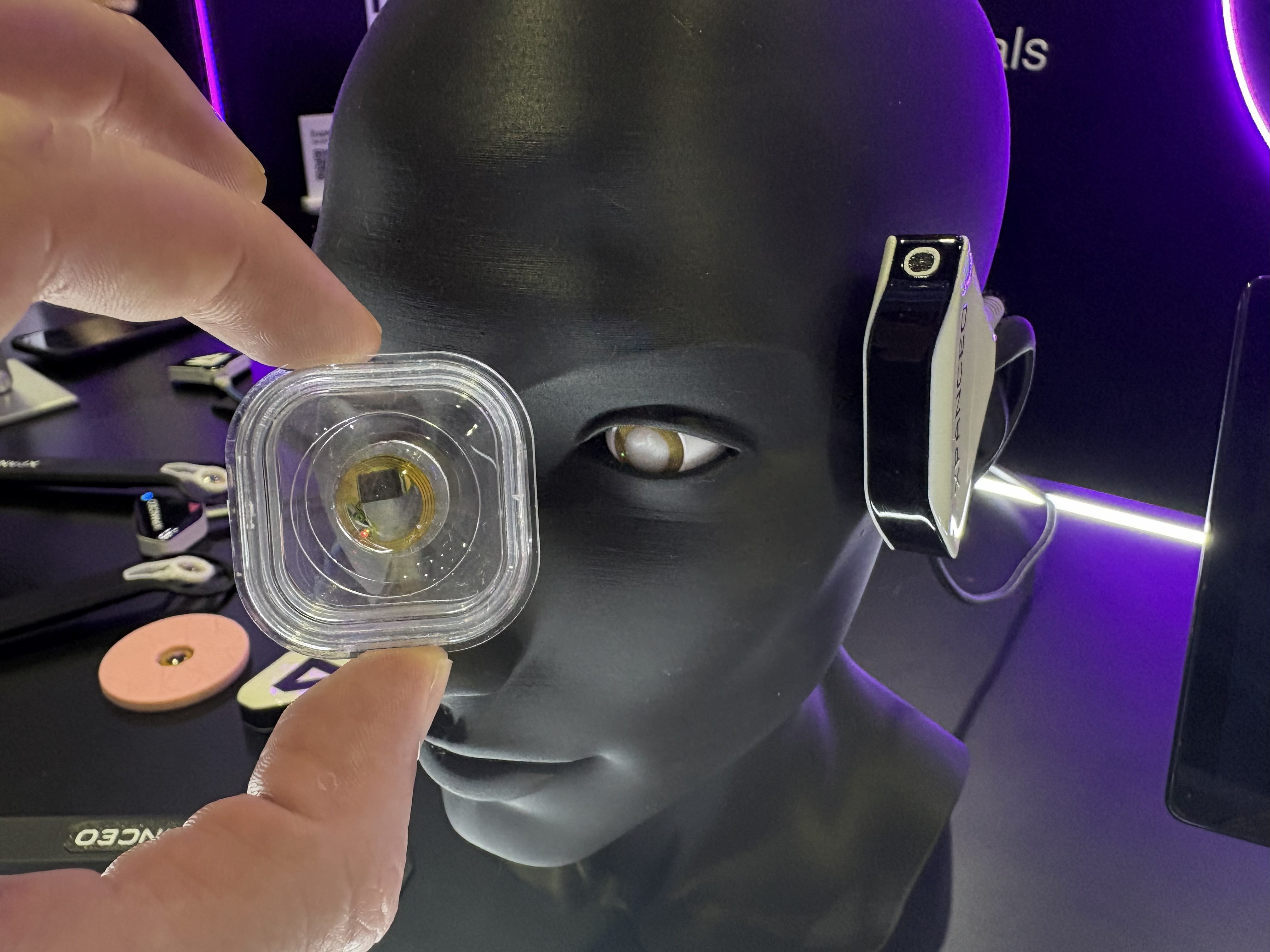
Forget flying cars. This was the most interesting thing I saw at GITEX. This technology is still a few years away from being realized, but the company is able to demonstrate numerous proofs of concept and show how their patented technology makes possible prerequisites such as ultra-thin circuits in laminated film to make this piece of science fiction a reality.
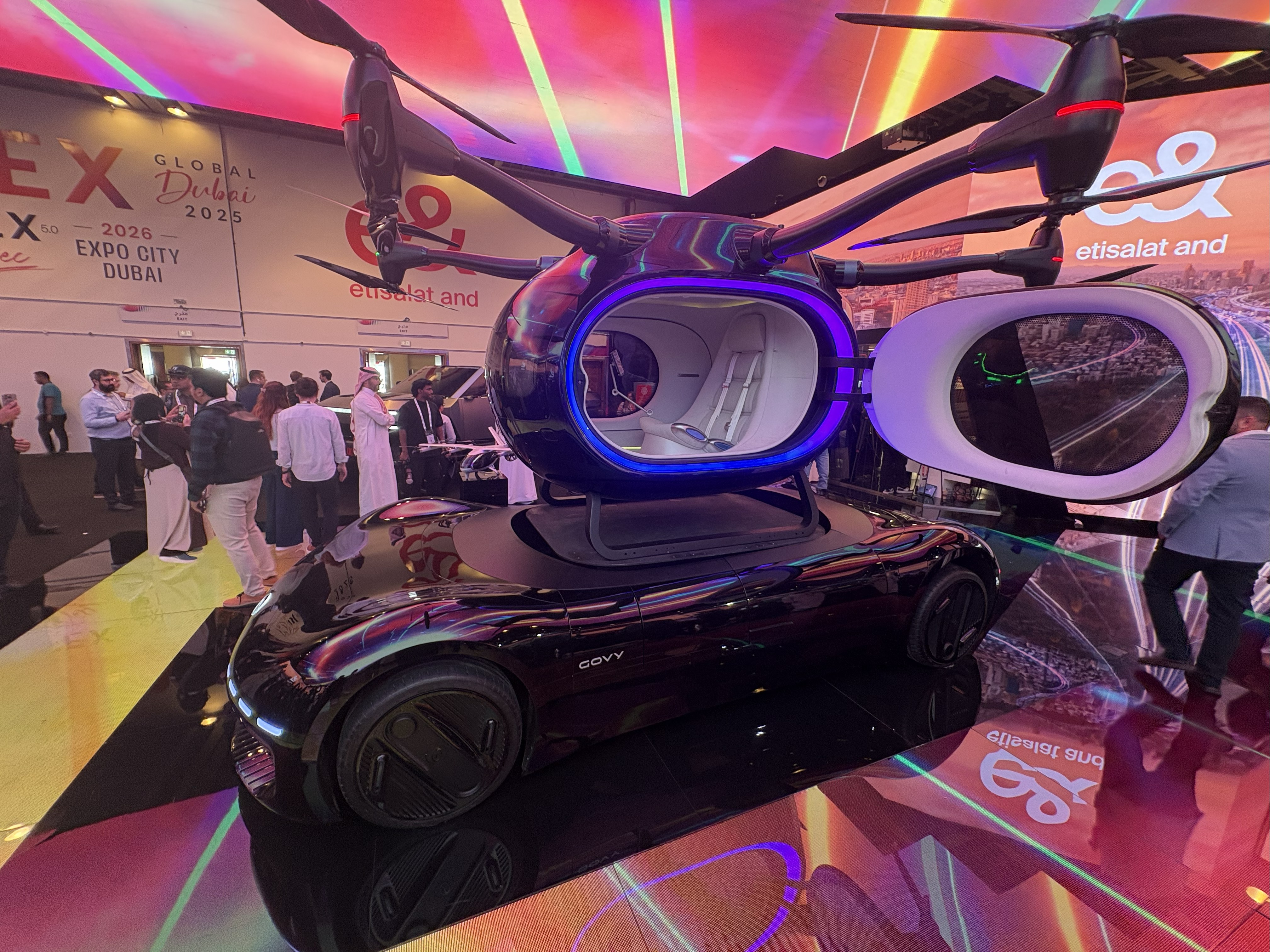
I'm a motorcycle enthusiast, so I'm more excited about being able to get closer to the ground than higher above it, and are flying cars not just helicopters? Still, it was hard not to admire the latest developments and transportation plans.
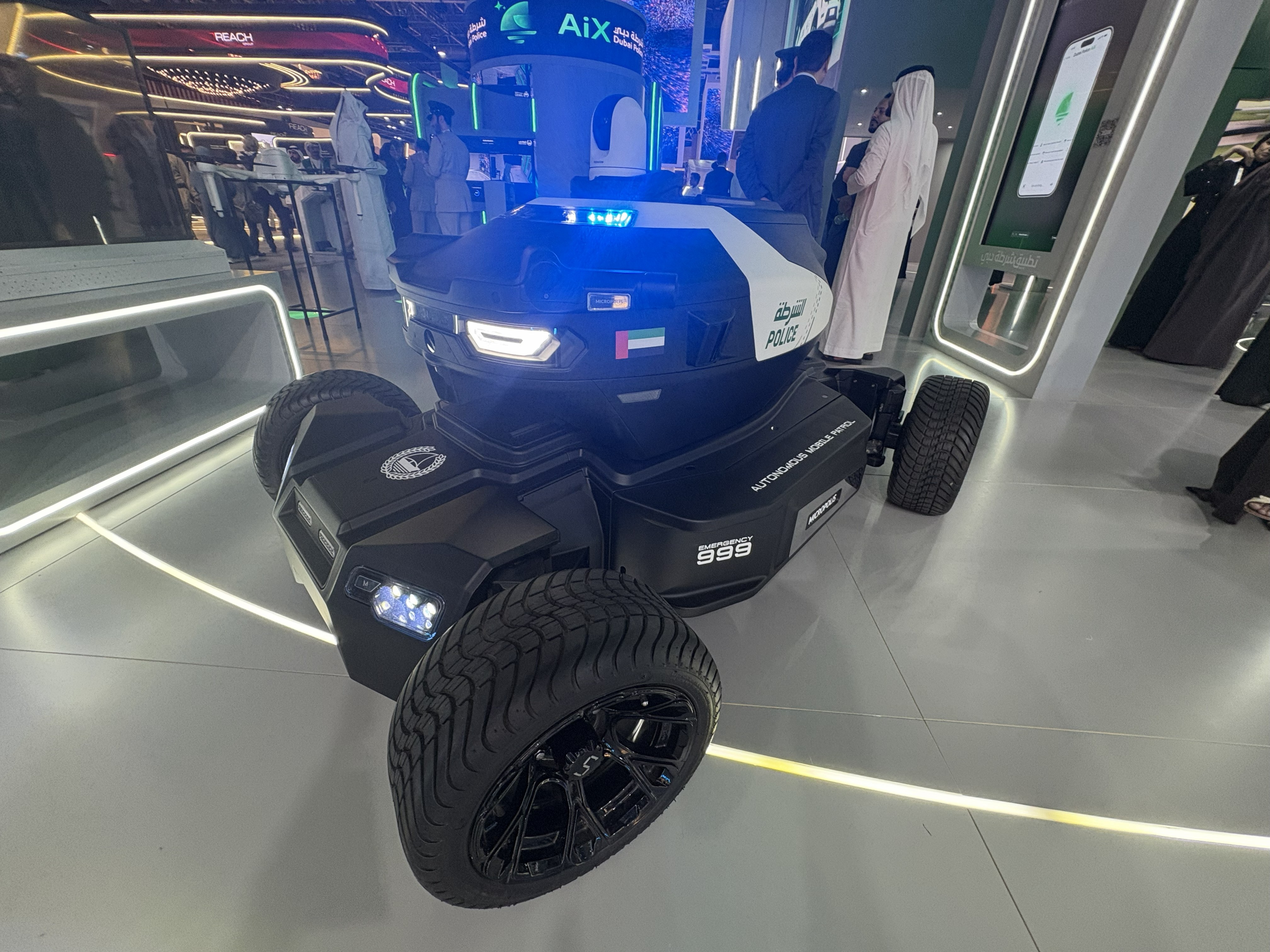
The second largest zone is Global Digital Cities, covering halls twelve through nineteen. It's essentially a global government supermarket, where ministers can see how the latest AI technologies are helping to manage traffic congestion, monitor air quality, help coordinate interactions between government services and citizens, improve public planning, and (unsurprisingly) a plethora of surveillance technologies in the field. For example, drones that pop out of capsules on demand.
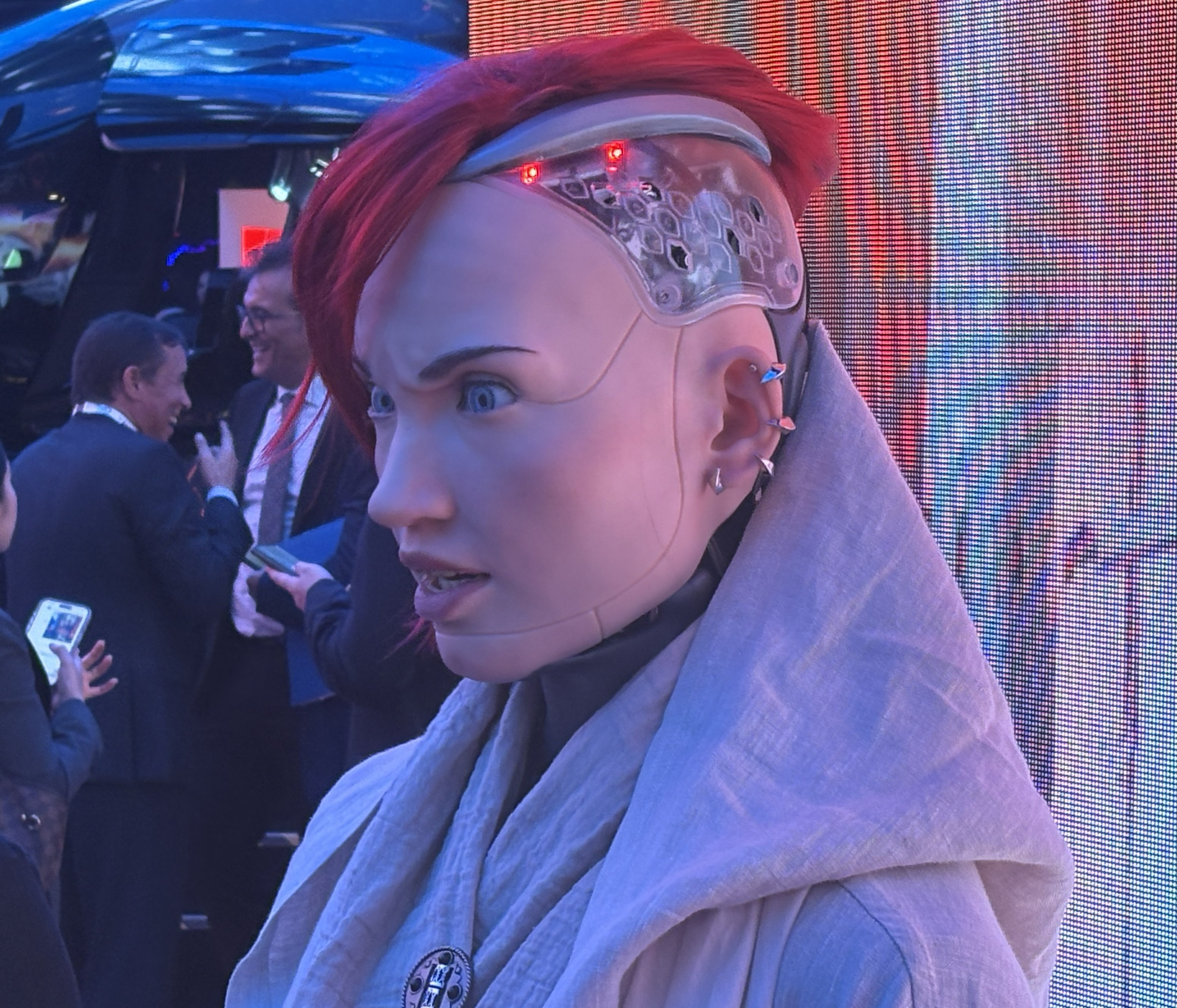
Stands twenty to twenty-six are scattered between the AI & Connectivity zone and Cyber Valley. Here you can see how connectivity is the catalyst for AI spreading to almost everything, with robots scattered everywhere. Some are cuter than others.
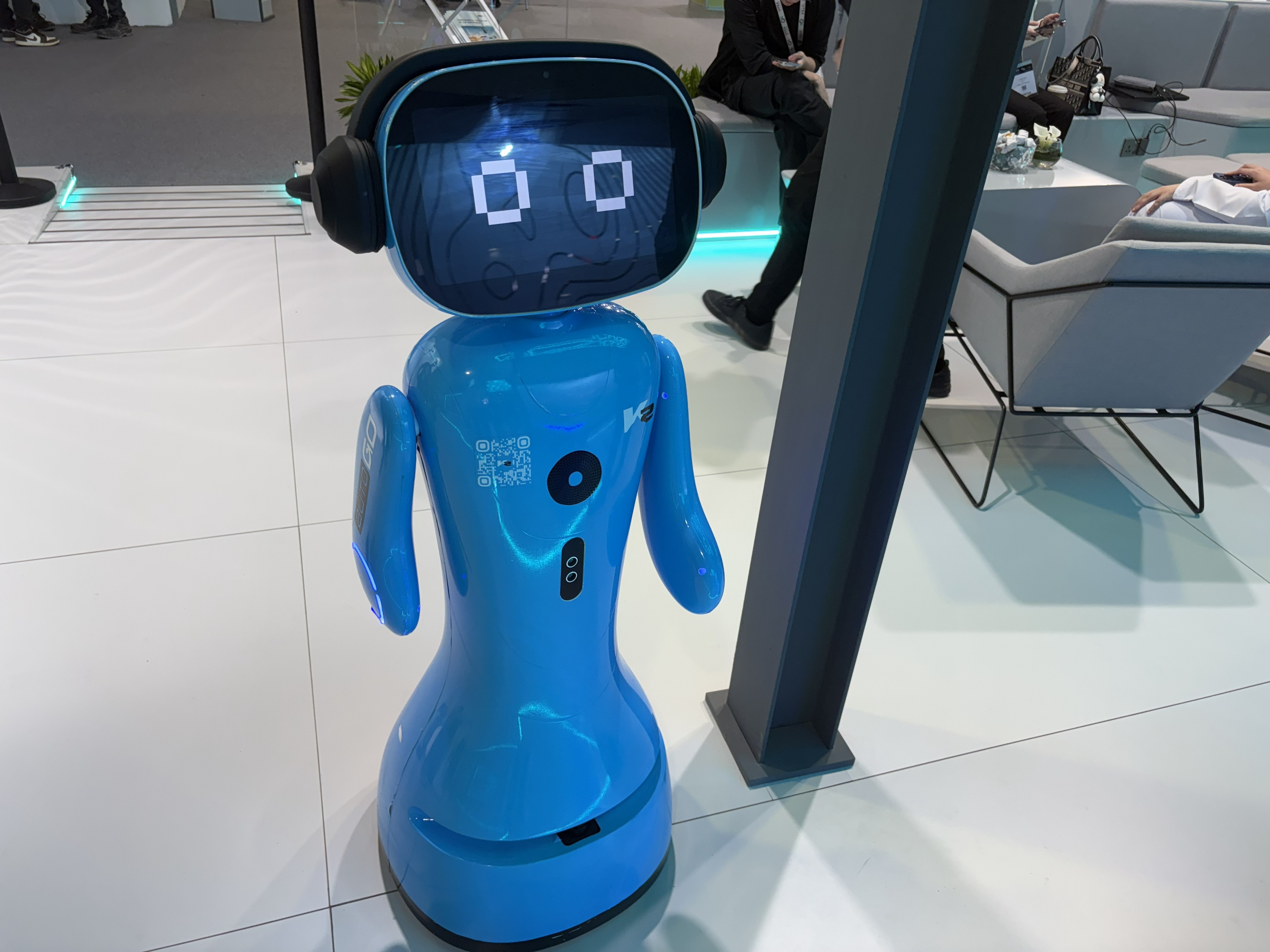
In a corner of Cyber Valley, the main stage was packed with people eager to hear what GITEX speakers had to say about technology at this crucial moment in time.
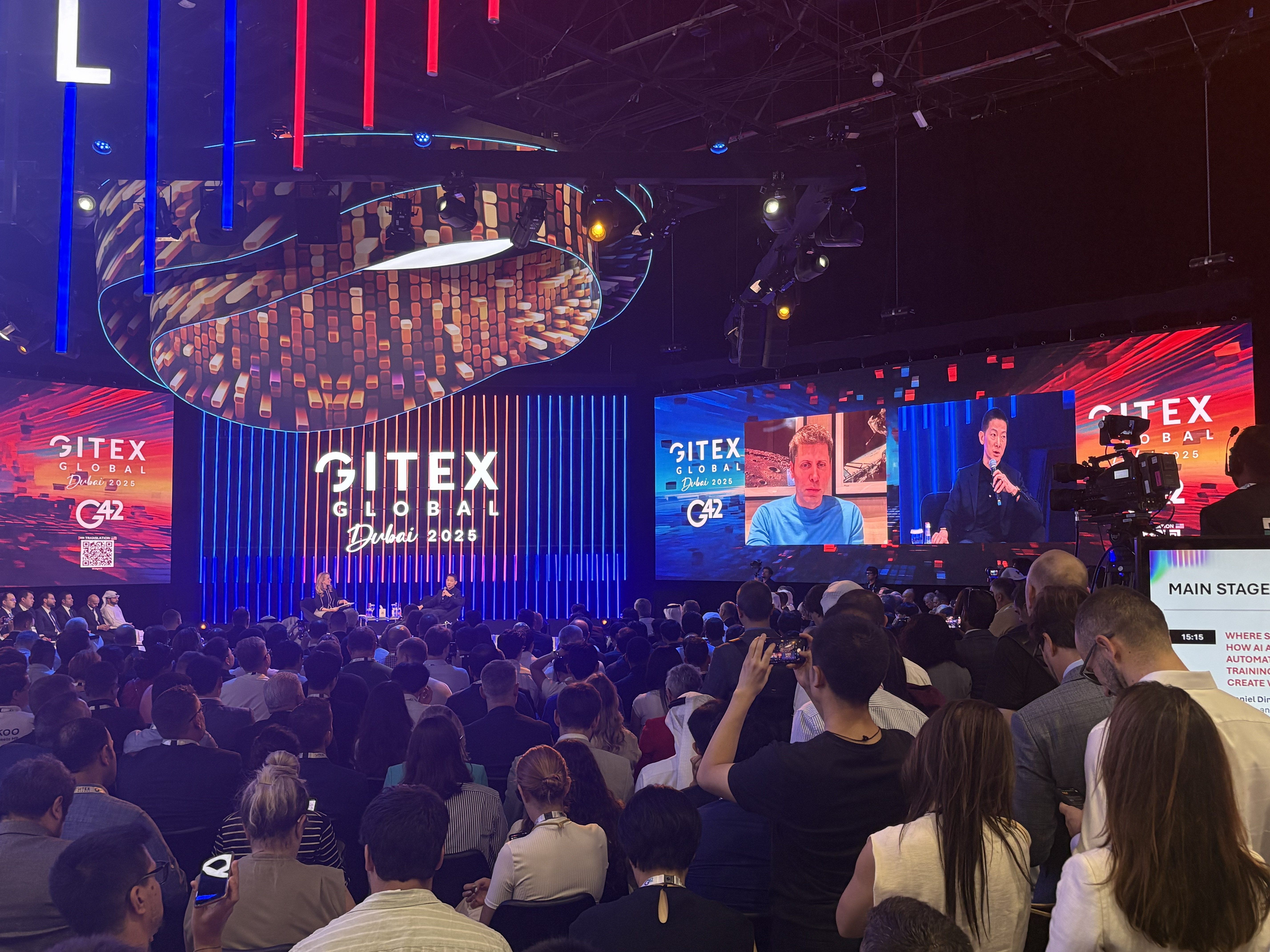
We've already heard from Sam Altman and Peng Xiao about how AI is here now, and from Greg Jackson about the demands AI is placing on energy infrastructure. Plus, we learned how new neural networks and more efficient chips are bringing AI into homes from the CEO of Liquid AI and the father of USB drives. There's so much going on that it's hard to choose between listening to the people creating and shaping the technologies of the future and watching how companies implement them.
And on that note. I have a few more stands to visit.








